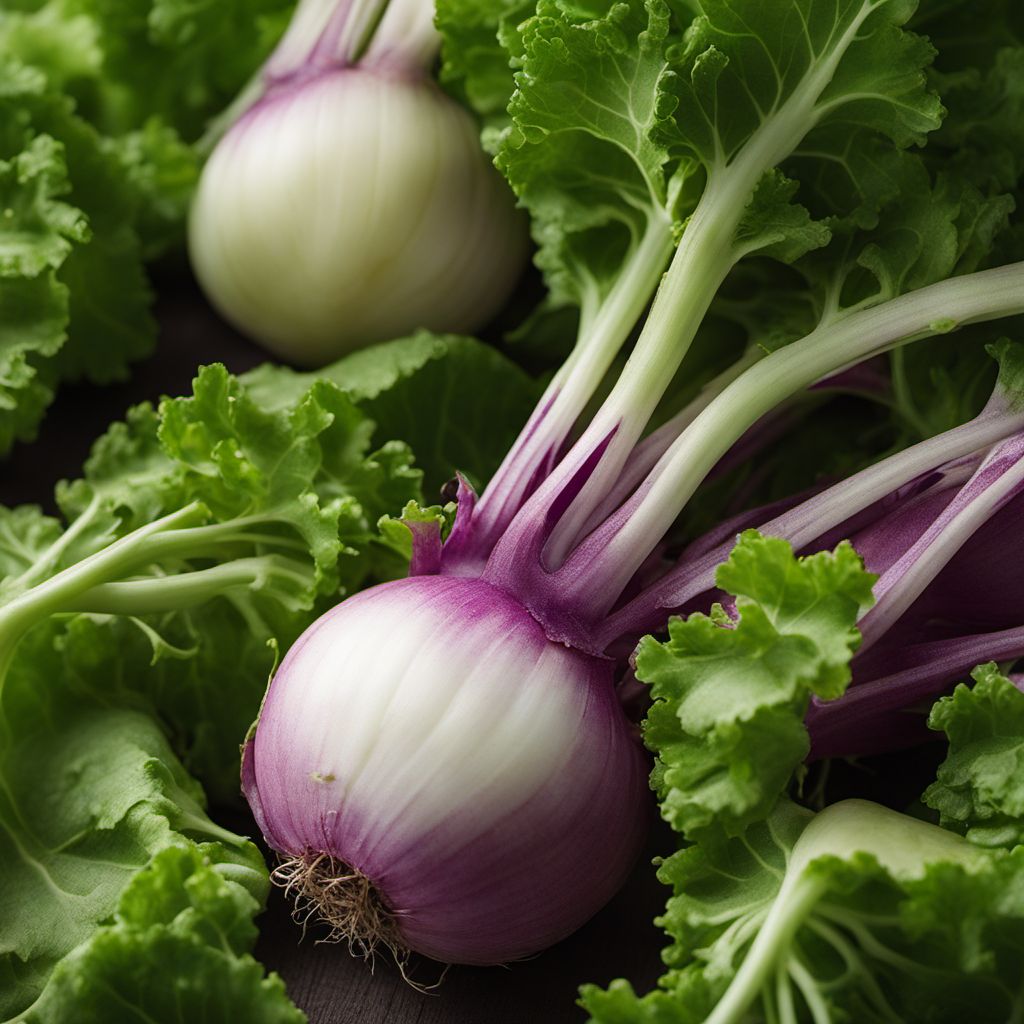
Ingredient
Turnip rape seeds
Versatile Brassica
Turnip rape seeds are small, round seeds that are typically black or dark brown in color. They have a mild, nutty flavor and a slightly crunchy texture. When pressed, turnip rape seeds yield a golden oil that is commonly used in cooking and baking. The seeds can also be ground into flour or used as a nutritious addition to animal feed.
Origins and history
Turnip rape seeds have a long history of cultivation, dating back thousands of years. They were initially grown for their oil-rich seeds, which were used for lamps and as a food source. Over time, turnip rape seeds became an important crop in many regions, particularly in Europe and North America. Today, they are widely cultivated for their oil, which is known for its health benefits and culinary versatility.
Nutritional information
Turnip rape seeds are a rich source of healthy fats, including omega-3 and omega-6 fatty acids. They are also high in protein and dietary fiber, making them a nutritious addition to meals. Turnip rape seed oil is low in saturated fat and contains no cholesterol, making it a healthier alternative to other cooking oils.
Allergens
May cause allergic reactions in individuals with a sensitivity to mustard or other members of the Brassica family.
How to select
When selecting turnip rape seeds, look for seeds that are plump, shiny, and free from any signs of mold or damage. Avoid seeds that have a rancid or off smell, as this may indicate poor quality. Opt for organic or non-GMO varieties if possible, as they are less likely to be genetically modified or treated with pesticides.
Storage recommendations
To maintain the freshness and quality of turnip rape seeds, store them in an airtight container in a cool, dark place. They can last for up to a year when stored properly. Turnip rape seed oil should be stored in a cool, dark place to prevent oxidation and maintain its flavor and nutritional properties.
How to produce
Turnip rape seeds can be grown in a variety of climates, but they thrive in cool, temperate regions. They require well-drained soil and regular watering to ensure optimal growth. With proper care and attention, home gardeners can enjoy a bountiful harvest of turnip rape seeds.
Preparation tips
Turnip rape seeds can be used in a variety of ways in the kitchen. They can be pressed to extract oil, which can be used for cooking, baking, or as a salad dressing. The seeds can also be ground into flour and used in baking or as a gluten-free alternative. Additionally, turnip rape seeds can be sprouted and used in salads or as a garnish for soups and sandwiches.
Culinary uses
Turnip rape seeds are commonly used to produce canola oil, which is a popular cooking oil worldwide. They are also used in the production of biodiesel, as a feedstock for livestock, and as an ingredient in various food products, such as margarine and salad dressings.
Availability
Canada, China, India, Germany, United States
